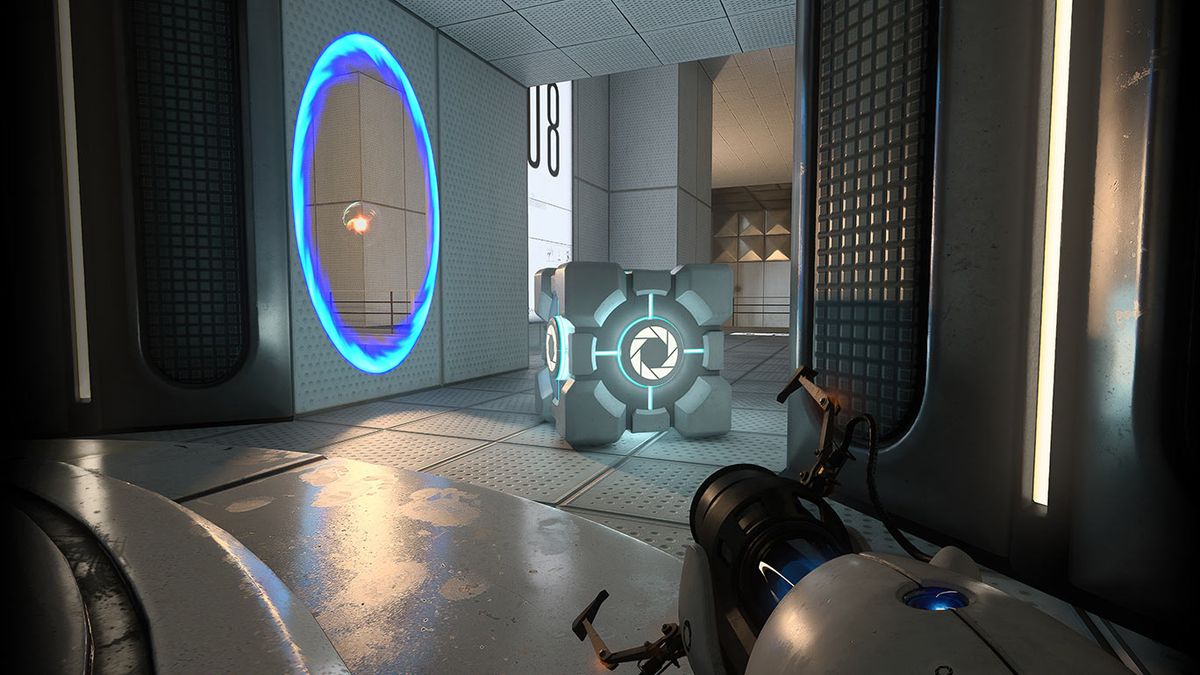Oh, while i'm at it, i would like to ask a related question...
I have observed some phenomenon in the real world defying what i believe to know about physics and optics.
What i see hints that light travels along curvy paths, not straight lines.
Yes, i'm serious. Here's what i saw and still see:
I was out the house to smoke a cigarette. While i look at the cigarette 30cm away from my eye, i see neighbors roof in the background. The structure of the roof forms a regular grid, which is why i noticed the phenomenon.
Here is an illustration, ignoring the angle of the roof, which does not matter:
View attachment 9382
Left is the near cigarette, and right is the grid formed by the roof, maybe 20m behind.
The grid is regular. But near the cigarette, it's compressed.
It's like the light travels around the cig. obstacle. The light actually bends.
And due to that, i can actually see grid lines which should be occluded by the cig.
Try it yourself. It's not related to temperature of the cigarette. I have closed one eye as well. Light still bends around it. I can go out and do it again. It fucking bends.
The effect is limited to a small area around the obstacle, i would say few millimeters around the cig. But it's easy to see if you focus.
(Use a pencil or whatever instead. And move it slowly a little bit left and right. Then you should notice a kind of lens effect, making it easy to focus and concentrate on the compression.)
Why is this?
I know black holes can bend light. But the effect of a cig. should not be noticeable.
I lack any explanation.
Refraction. The refractive index of air depends on temperature and pressure. Cigarettes are hot, right?
See also: caustics. And turbulence.
You also seem to have re-invented parallax for some reason. I don't know why.

